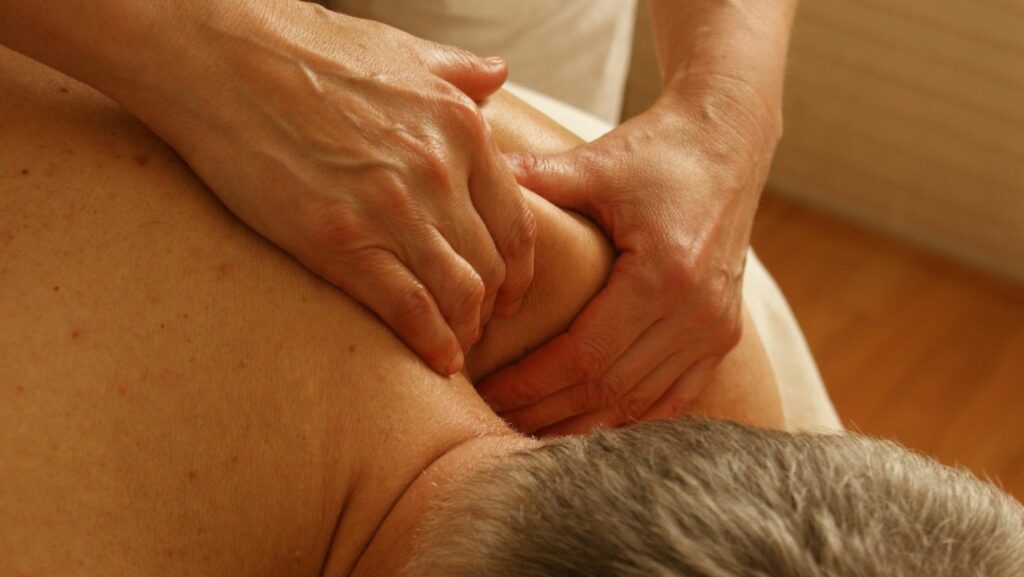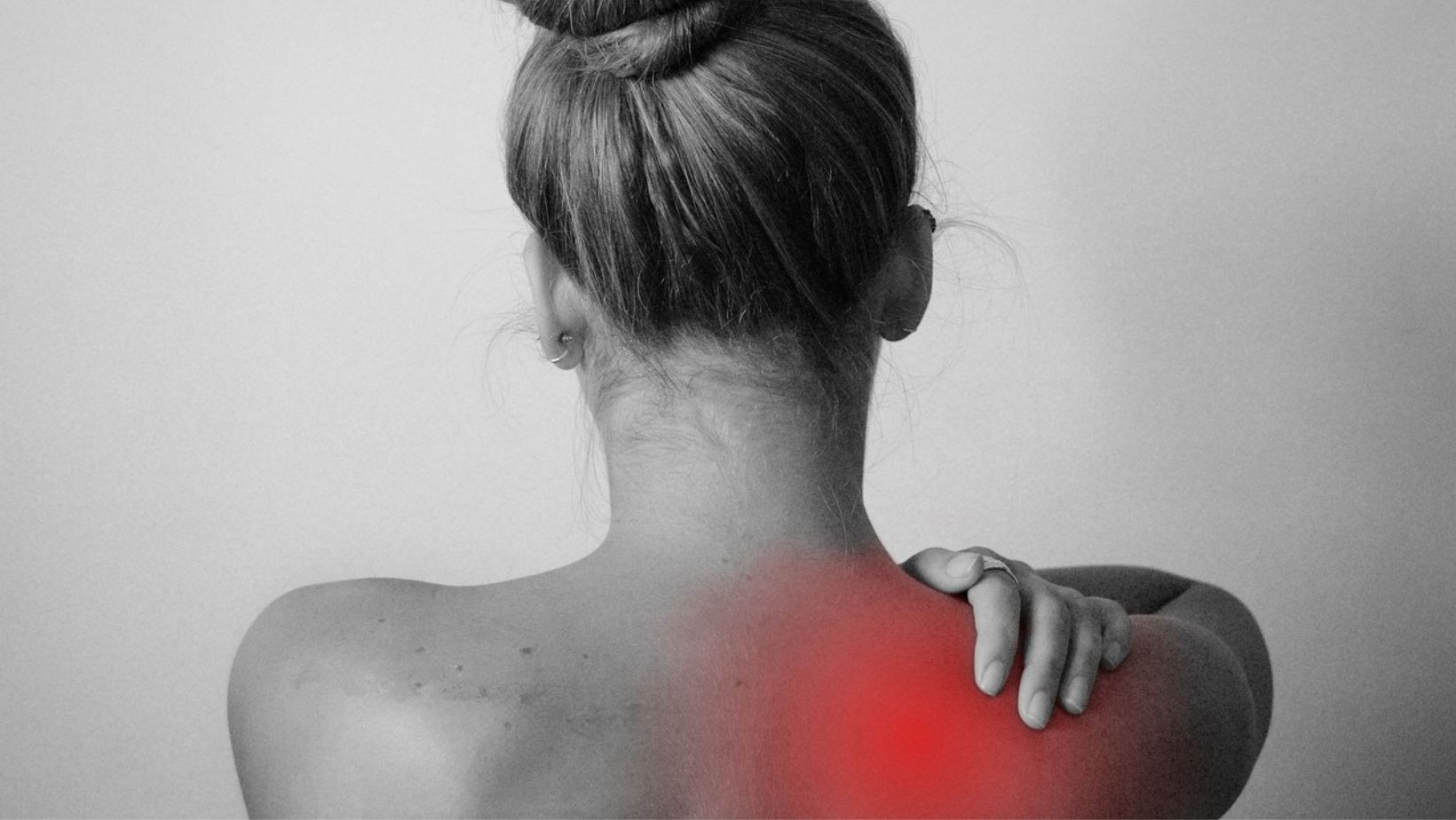
Shoulder injuries are a common concern for individuals engaged in regular workouts and physical activities. The shoulder is a complex and highly mobile joint, making it susceptible to various injuries, especially when subjected to repetitive movements or improper form during exercise. This comprehensive guide explores some of the most common shoulder injuries resulting from working out and their causes, symptoms, and practical treatment approaches. For those recovering from more severe shoulder injuries, especially post-surgery or during physical therapy, electric hospital beds for home and clinical settings can offer adjustable support that aids in rest and mobility throughout the healing process.
Rotator Cuff Injuries
Rotator cuff injuries are prevalent among individuals who engage in repetitive overhead motions, such as weightlifting, swimming, or sports like tennis and baseball. Aging and degenerative changes can also contribute to the development of rotator cuff injuries. Usual symptoms of a rotator cuff injury include pain, especially when lifting or lowering the arm, weakness in the affected shoulder, and a clicking or popping sensation during specific movements.
Treatment often involves rest, ice, and anti-inflammatory medications to alleviate pain and reduce swelling. Physical therapy is crucial for strengthening the shoulder muscles and improving flexibility. In severe cases, surgical intervention or a rotator cuff procedure may be considered to repair the damaged rotator cuff when conservative measures are insufficient. Individuals with rotator cuff injuries need to work closely with healthcare professionals.
Shoulder Impingement Syndrome
Shoulder impingement syndrome occurs when the rotator cuff tendons become pinched between the shoulder bones, particularly the acromion (the bony projection of the scapula) and the humerus. This impingement can result from overuse, repetitive overhead movements, or poor posture.
Usual symptoms include pain when lifting the arm, weakness in the affected shoulder, and gradual discomfort. Pain may worsen with activities such as reaching overhead or behind the back. Physical therapy is essential for strengthening the muscles around the shoulder and improving posture. Corticosteroid injections may be considered to reduce inflammation. In cases where conservative measures fail, surgical intervention may be recommended.
Shoulder Bursitis
Repetitive overhead movements, trauma, or underlying conditions like rheumatoid arthritis can lead to shoulder bursitis. Individuals with shoulder bursitis may experience pain, swelling, and tenderness in the affected shoulder. Pain may worsen with specific movements, and there might be a limited range of motion. The initial treatment for shoulder bursitis involves rest, ice, and anti-inflammatory medications. Physical therapy is valuable for improving shoulder strength and flexibility. A doctor may recommend corticosteroid injections if conservative measures are ineffective.
Labral Tears
Labral tears can occur due to traumatic injuries, such as dislocations or falls, or from overuse and repetitive motions, typical in sports like swimming and weightlifting. Symptoms of a labral tear include:
- Pain deep within the shoulder.
- A catching or locking sensation.
- A feeling of instability in the joint.

Individuals may experience reduced strength and a limited range of motion. Treatment for labral tears varies based on the severity of the injury. Conservative measures include rest, physical therapy, and pain management. In cases where conventional treatments are ineffective, surgical intervention may be necessary to repair or reattach the torn labrum.
Frozen Shoulder (Adhesive Capsulitis)
A frozen shoulder is characterized by the gradual thickening and tightening of the shoulder capsule, restricting movement. The exact cause is not always clear, but it can develop after prolonged immobilization, trauma, or as a result of underlying conditions like diabetes. Individuals with frozen shoulders experience pain and stiffness in the shoulder joint. The condition typically progresses through stages, including pain, stiffness, and eventual improvement of symptoms. Treatment for a frozen shoulder involves managing symptoms and gradually restoring shoulder mobility. Physical therapy is crucial for maintaining range of motion and preventing further stiffness. Severe cases may require manipulation under anesthesia or surgical intervention to release the tightened capsule.
AC Joint Separation (Shoulder Separation)
AC (acromioclavicular) joint separation occurs when there is a disruption of the ligaments that connect the acromion to the collarbone (clavicle). Common symptoms include pain, swelling, and tenderness at the top of the shoulder. In more severe cases, a noticeable bump or deformity may be present. Treatment for AC joint separation varies based on the severity of the injury. Mild cases may be managed with rest, ice, and a sling to immobilize the shoulder. In more severe cases, especially when there is a significant separation, surgery may be considered to stabilize the joint and restore proper alignment.
Understanding the common shoulder injuries associated with working out is crucial in preventing and addressing these issues effectively. While some injuries may respond well to conservative measures such as rest, ice, and physical therapy, others may require more advanced interventions, including surgical procedures. Early diagnosis and appropriate treatment can significantly contribute to the successful recovery from shoulder injuries and prevent future complications. Additionally, a proactive approach to shoulder health, including proper warm-up, form, and strengthening exercises, can be pivotal in maintaining a strong and resilient shoulder joint.












